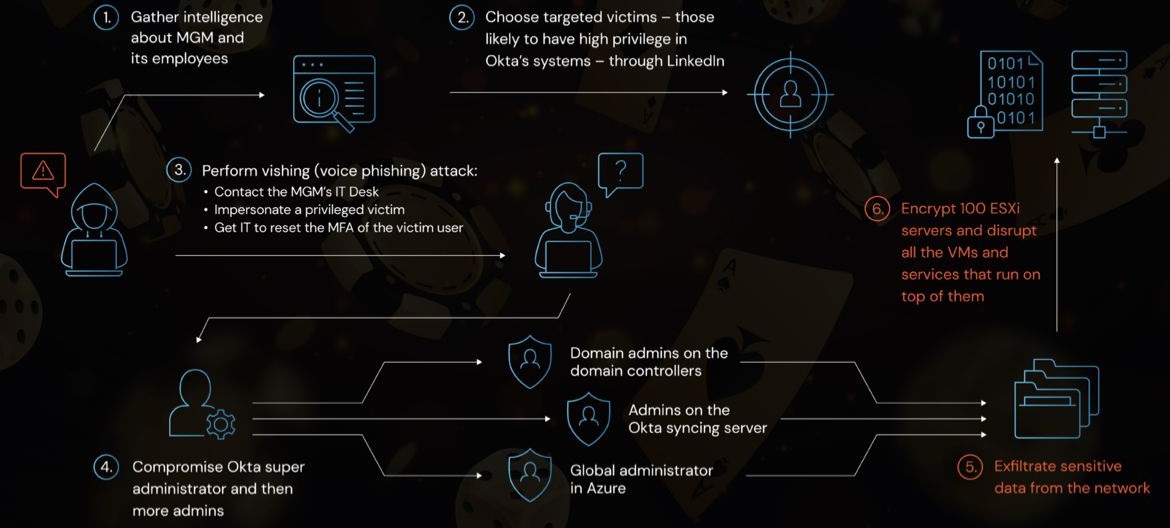
In the digital age, where information flows freely and vast amounts of data are generated every second, safeguarding sensitive information has become paramount. Whether it's personal messages, financial transactions, or confidential business data, the need for secure communication and data protection has never been greater. Cryptography, the art of secret writing, has emerged as the foundation of modern data security.
This comprehensive article aims to explore the vital role cryptography plays in preserving data privacy, ensuring confidentiality, integrity, and authenticity, and how it has evolved to meet the challenges of the digital era.
Understanding Cryptography
Cryptography, derived from the Greek words "kryptos" (hidden) and "graphein" (writing), encompasses techniques and principles used to secure information. At its core, cryptography involves converting plaintext into an unintelligible form, known as ciphertext, using mathematical algorithms. The process ensures that even if an unauthorized party intercepts the data, they cannot decipher its meaning without the corresponding key. Cryptography provides three essential security services: confidentiality, integrity, and authenticity.
Ensuring Confidentiality
Confidentiality is the cornerstone of data protection. Cryptography achieves confidentiality by encrypting data using encryption algorithms and keys. Encryption converts plaintext into ciphertext, making it unreadable to anyone without the corresponding decryption key. Symmetric key cryptography and asymmetric key cryptography are the two primary approaches to encryption. Symmetric key cryptography employs a single shared key for both encryption and decryption, while asymmetric key cryptography uses a pair of mathematically related keys: a public key for encryption and a private key for decryption.
Guaranteeing Integrity
Data integrity refers to the assurance that information remains unchanged and uncorrupted during transmission or storage. Cryptography ensures data integrity through the use of cryptographic hash functions. Hash functions generate unique fixed-length codes, called hash values or message digests, from data inputs. These hash values act as digital fingerprints, allowing recipients to verify if the received data has been tampered with. Any alteration to the original data would result in a different hash value, indicating potential tampering.
Ensuring Authenticity
Authenticity is crucial for verifying the identity of users and ensuring that data originates from trusted sources. Cryptography provides digital signatures to guarantee authenticity. Digital signatures combine asymmetric key cryptography and cryptographic hash functions. The sender uses their private key to create a digital signature, which is then attached to the data. The recipient can verify the authenticity of the data by using the sender's public key to decrypt the digital signature and comparing it with the computed hash value of the received data.
Evolving Challenges and Solutions
As technology advances and cyber threats become more sophisticated, cryptography continuously evolves to counter emerging challenges. Quantum computing poses a potential threat to current encryption methods, but post-quantum cryptography is being developed to withstand quantum attacks. Additionally, advancements in homomorphic encryption enable computations to be performed on encrypted data, providing privacy even during data processing. Cryptographic protocols, such as Secure Sockets Layer (SSL) and Transport Layer Security (TLS), secure internet communications, protecting sensitive data during transmission.
Conclusion
Cryptography plays a vital role in data protection and privacy by ensuring confidentiality, integrity, and authenticity. Through encryption, cryptographic hash functions, and digital signatures, sensitive information remains safe and secure. As technology advances and threats evolve, cryptography adapts to meet the challenges, safeguarding our digital lives and preserving the privacy of our personal and sensitive data. By understanding the importance of cryptography, we can appreciate the efforts taken to protect our information in an increasingly interconnected world.

